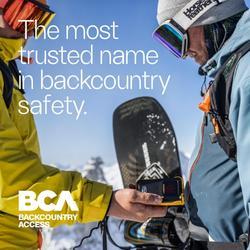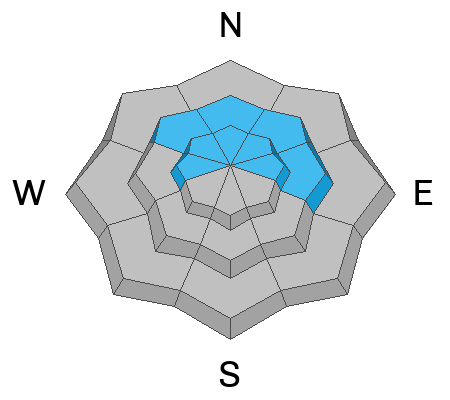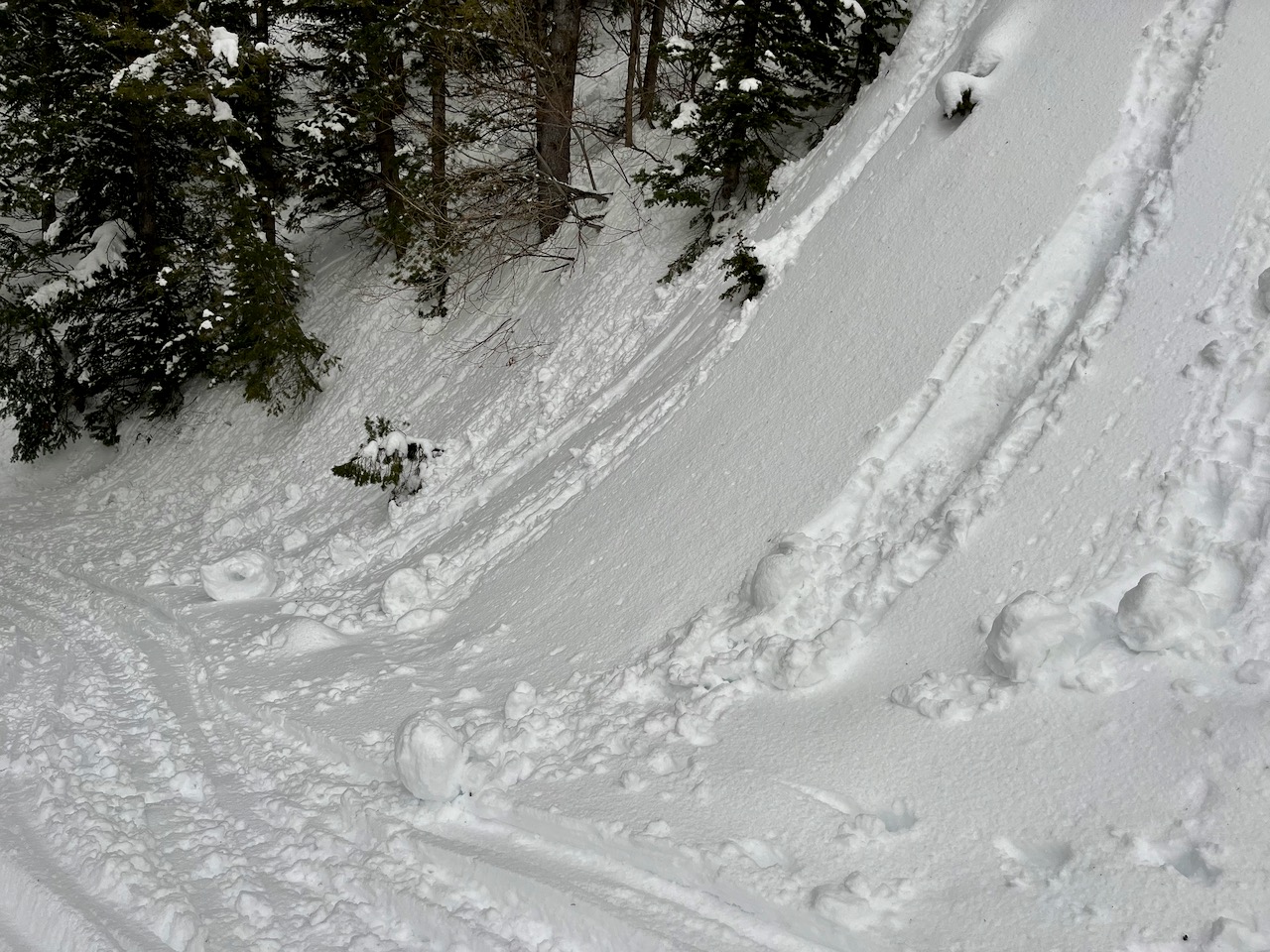Forecast for the Logan Area Mountains

Issued by Toby Weed on
Wednesday morning, February 7, 2024
Wednesday morning, February 7, 2024
Elevated avalanche conditions exist on slopes steeper than 30°at all elevations, and heavy snowfall and drifting will cause rising danger today.
The danger is CONSIDERABLE in drifted upper-elevation terrain where natural avalanches are possible. People could easily trigger avalanches of wind-drifted snow, mainly on slopes facing the north half of the compass. Dangerous avalanches failing on a buried persistent weak layer are unlikely yet possible in recently drifted isolated or outlying rocky terrain with shallow snow cover. Loose wet avalanches are possible on steep lower-elevation slopes.
Careful snowpack evaluation, cautious route-finding, and conservative decision-making are essential for safe travel. Avoid and stay out from under drifted slopes steeper than 30°

Low
Moderate
Considerable
High
Extreme
Learn how to read the forecast here






